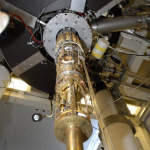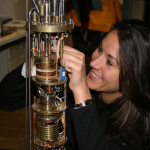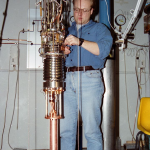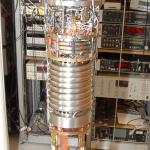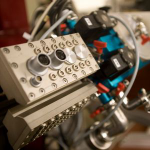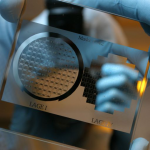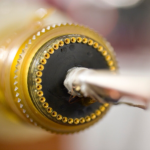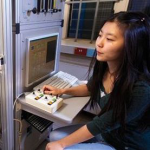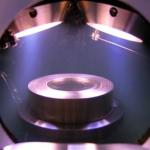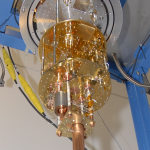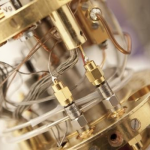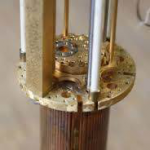Administration of EMP-related Publications
| year | 2020 |
| author(s) | R. Kokkoniemi, J. -P. Girard, D. Hazra, A. Laitinen, J. Govenius, R. E. Lake, I. Sallinen, V. Vesterinen, P. Hakonen, M. Möttönen |
| title | Bolometer operating at the threshold for circuit quantum electrodynamics |
| document type | Paper |
| source | Nature 586, 47–51 (2020) |
| doi | 10.1038/s41586-020-2753-3 |
| arxiv | https://arxiv.org/abs/2008.04628 |
| EMP/Horizon2020 | This publication includes a EMP/Horizon2020 acknowledgement. |
| abstract |
Radiation sensors based on the heating effect of the absorbed radiation are typically relatively simple to operate and flexible in terms of the input frequency. Consequently, they are widely applied, for example, in gas detection, security, THz imaging, astrophysical observations, and medical applications. A new spectrum of important applications is currently emerging from quantum technology and especially from electrical circuits behaving quantum mechanically. This circuit quantum electrodynamics (cQED) has given rise to unprecedented single-photon detectors and a quantum computer supreme to the classical supercomputers in a certain task. Thermal sensors are appealing in enhancing these devices since they are not plagued by quantum noise and are smaller, simpler, and consume about six orders of magnitude less power than the commonly used traveling-wave parametric amplifiers. However, despite great progress in the speed and noise levels of thermal sensors, no bolometer to date has proven fast and sensitive enough to provide advantages in cQED. Here, we experimentally demonstrate a bolometer surpassing this threshold with a noise equivalent power of |
